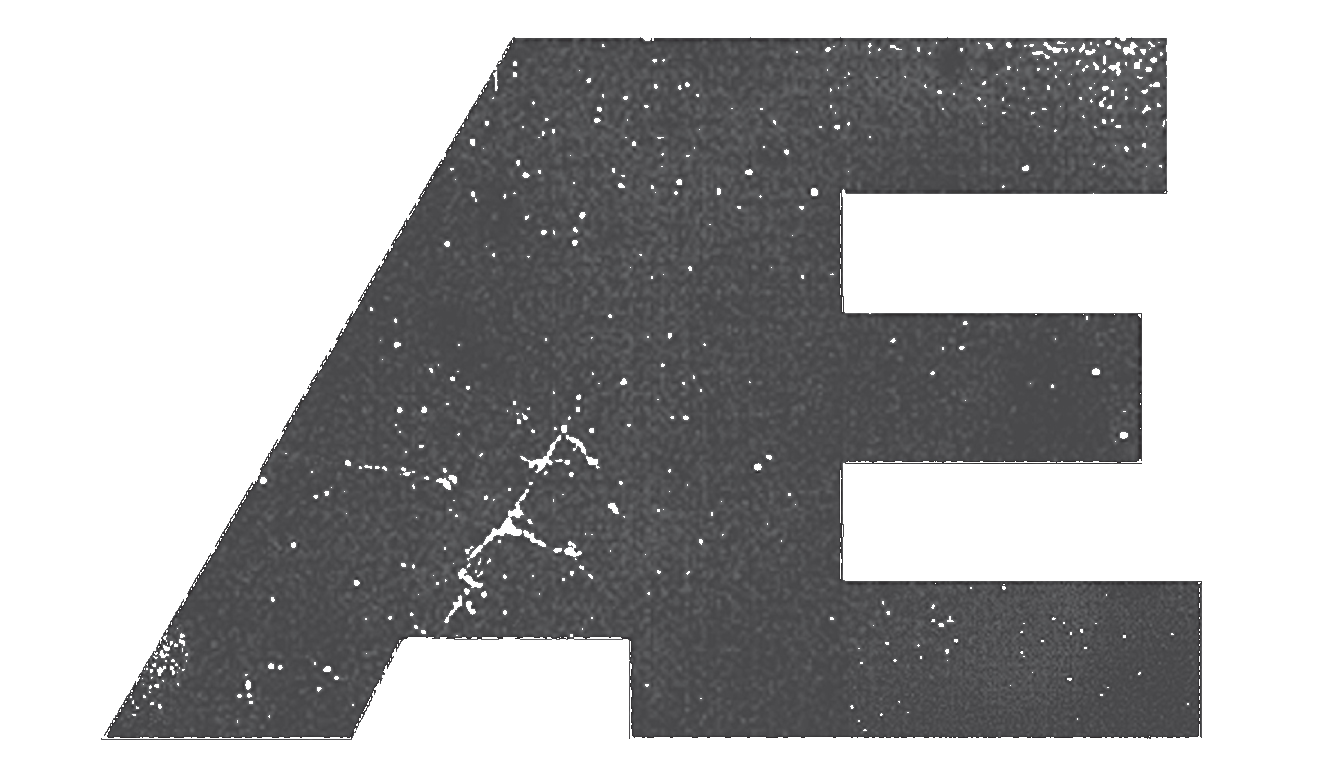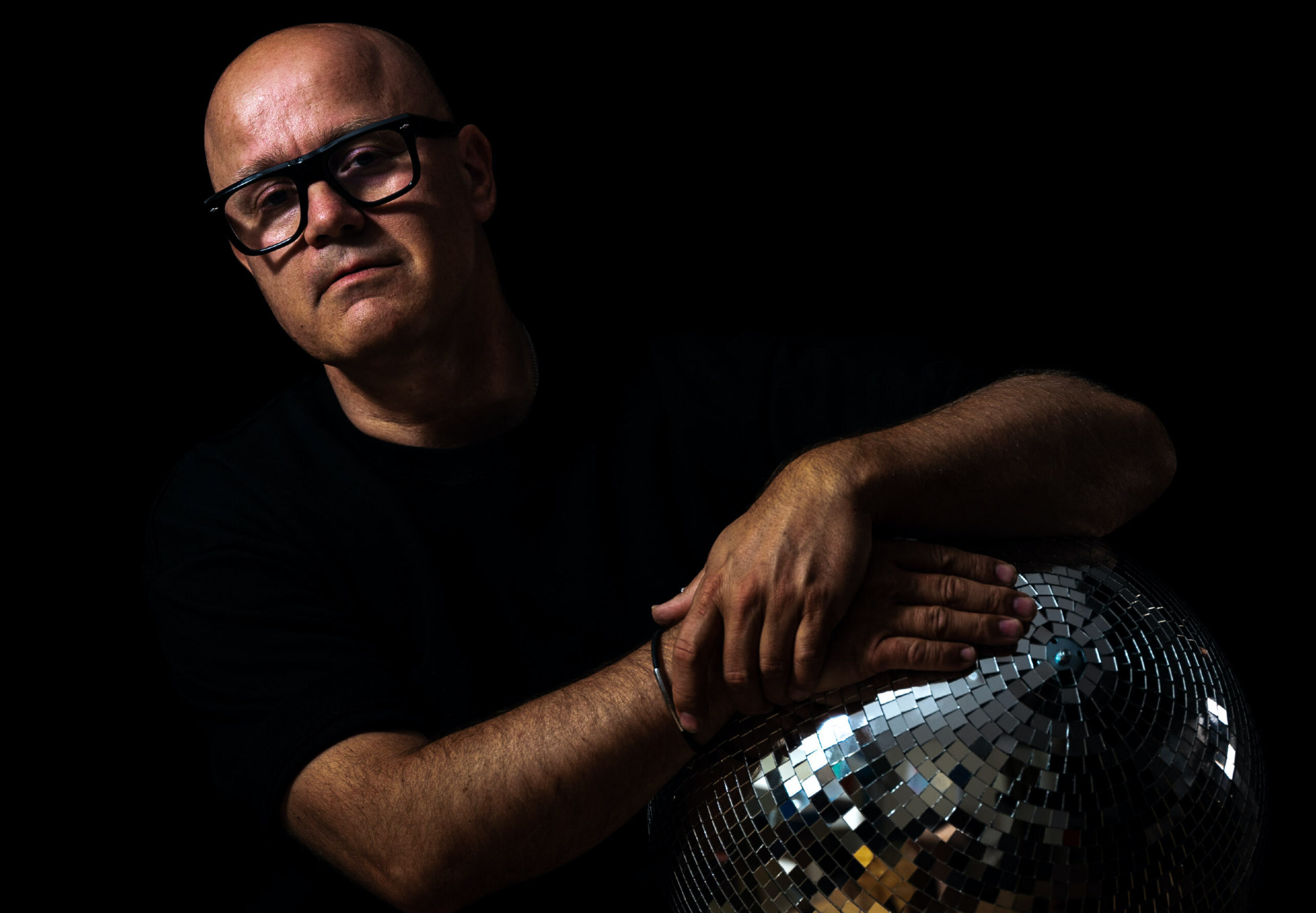We sat down with Simon Field during Øya week to talk about his debut LP, Need No Music and his journey to this moment. He celebrates the album release at Jaeger this Friday.
It’s taken Simon Field 10 years to produce his debut album. At 53 years of age, it might be assumed he left it pretty late, but stretching behind this watershed moment, is a vast experience that covers a very large spectrum of the music business.
A song-writer, composer, producer and lyricist, Simon’s accolades span the length and breadth of the music industry and yet you’d be hard pressed to find his name anywhere. An artist working in the shadows, he’s penned and produced music for the majority of his life, and while you probably haven’t heard of him, it’s likely that you have heard his music before. He’s created music for film, written pop-songs, played at esteemed venues like Ministry of Sound, and worked with some of the best in our scene yet for the most part he’s feigned the recognition in favour of the creative endeavour.
10 years ago he made the leap to solo artist releasing his first House-infused records, mostly via Perfect Havoc on Spotify, culminating in a lengthy discography that has garnered millions of streams and half a million monthly listeners. Tracks like “Shake the tree” have made him a household name in regions as far afield as Mexico – a tour on the horizon there – while remixes for the likes of Kelis and Nina Simone have bridged the divide between the accessible and functional in Simon’s music.
His debut album, No Need Music, arrives filling the gaps more effectively between these two worlds. With a foot in two worlds, Simon Field is both an accomplished recording artist and a DJ, and in his efforts to consolidate these two aspects of his artistic identity he has created an album that pushed his sound closer to the dance floor. Tracks, specifically “made for the club moment in mind,” and an ambient finale bear the fruits of this labour.
We meet in the middle of Øya week with the dominant pulse of a kick drum playing staccato thuds in the background. The Bergen born, Oslo native has been indulging in the music in Tøyen park and beyond, but he’s perky and perched on the edge of his chair. Never taking himself too seriously, he interjects often with a stifling laugh and while he he stops short at name-dropping he is eager to broach any musical subject and very excited to talk about his new LP:
“They are all club tracks, besides one beautiful ambient” piece that concludes the LP. “Last summer I did so many cool festival gigs, and I decided that I want to do new original material at every gig,” explains Simon for context. He set himself a goal: “alright I’m doing ten gigs, let’s do ten new songs.“ Each track was specifically created to suit a moment at each gig, with factors like previous DJ and moment in time taken into consideration and the result is a 12-track LP that covers a wide range of situations.
Even the finale and the only beat-less indulgence on the record, Es Vedrá was a conscious effort to “reset the room” in the knowledge that the previous DJ would drop him off at the region of 136 beats per minute. The track’s dominating synth swells through the air while a “persian” vocal flutters sporadically in what Simon describes “as one of the best tracks I’ve ever written.” It’s the only introspective departure from an album that is firmly rooted in the predetermined foundations of House with little more than one breakdown per track diverging from the obstinate rhythms. Percussion and bass dominates, in unceasing movement with even the ever-present vocals moving through the tracks in stochastic “ahhs” and “oohs”. Listening to track like “Gack Gack” where there’s so much emphasis on the lower frequencies, I’m not surprised to find it is in fact in the bass where Simon’s musical roots took hold.
Born in Bergen his musical education was passed down from an older sibling. “Growing up my brother listened to Earth Wind and Fire, so my first music was Funk and Soul, and that’s been with me forever.” Those sounds awoke an appreciation for the bass guitar and “the first thing I wanted to do when I picked up the bass was learn how to slap.”
Learn to slap, he did, and it went much further than that, as Simon set his sights on that precursor for Funk and Soul, Jazz. When he moved to Scotland for school, he took evening courses at a Ronnie Scott tutorial programme while studying towards a degree in Science management. “I spent four years figuring out what I don’t want to do with my life, ” laughs Simon. “By the end of the study I was doing more gigs than being in school,” and an interest flourished whereby he “just leaned into every bit of literature and videos I could find.”
Returning home to Bergen he started playing in “several bands,” most of who modelled their sound on the likes of Donald Fagen. “We all wanted to be doing Steely Dan,” he remembers, playing “as many chords as possible” which would later prove to be an important aspect of his writing skills especially as he started producing House music.
“I can actually put that into my music and it’s beautiful when working with singers,” he insists. In House music’s pretty conservative constructions where there’s little room for the kind of thematic movement that is usually associated with the likes of Fagen, this adds a dimension to Simon Field’s music that sets him a little apart from the status quo and perhaps part of his international appeal. This harmonic intervention on the part of the artist helps humanise this stark machine music. It often also sits alongside Latin rhythms, a familiar trope in House music and something that is close to his heart, as the determining factor from which all Simon’s groove is distilled.
“Everything I do in music is played with that (latin) quantising,” expresses Simon. It’s been a feature of his music in all forms for as long as he played bass, and he feels that it’s “fundamental to every music genre” and the source to all music. “You get into this groove and your job is to get those asses to move.”
Getting those asses to move on his debut album, he calls on his extensive experience working on a myriad of music from Country to Hip-hop. It has taken him to places like LA, where he’s written and produced songs for prominent artists and producers that he is not able to mention by name. It was during these surreptitious musical activities that he would start developing a sound forged in electronic music. “While I was doing all that other stuff, I started programming to make the writing more clear for the people I played with.” He had a “huge love for synthesisers” from his band days in Bergen when he started switching out his bass guitar for synthesisers – “the band didn’t always like that” (laughs) – and “started collecting synthesisers and making music” based around those electronic instruments.
“My publisher said you can send off stuff to films, so I started sending off portishead-like songs that I thought no-one wanted.” People did wanted them nonetheless. It wasn’t his first foray into music for tv. Back in his band days, his group Elle Melle contributed the title theme to TV2 Frokost TV, but this time his music would find an international audience through placements in series like Calfornication. “A lot of music for Californication which is a Funk-House kind of blend” and “that really kicked it off.” Funk being much of the predecessor to House “definitely” bridged a gap between Simon’s work as a bassist/composer and House music, but House had not been an unknown entity either. It was “there all the time” but it had been a kind of “party music” until one point ten years ago, when things started to click in place for Simon.
In a pitch for something that would most likely be assigned to another artist on disco:wax the label said: “we could release this as it is and you could be the artist”. That track was, “The music is you” and it “totally switched everything” for Simon who dropped everything else for a more singular pursuit. ”I just said ‘no’ to anything other than House music from that point.”
A decade later with an extensive discography behind his back, Simon is confident he made the right decision. “I’ve done this project for ten years now and listening back to my first demos and first releases, that’s coming full circle now.” The essence of what he created in the beginning with a track like “The Music is you” is still there in “Need No Music” with Simon’s rhythmical foundations and his insistence for vocals remaining central to his work.
On the album the vocals often favour a more abstract approach, but Simon’s presence of mind in his musical pursuits is still there. “I’ve been trying to get to this place all along,” he suggests. ”All these people putting money into your music, are saying you should do this or this” he dismisses today, blowing a raspberry as he says it and it’s paid off in his favour. His music has featured on the likes of BBC Radio 1; he’s remixed and been remixed by the likes of Todd Terry and Erick Morillo, and with a DJ touring schedule that sees him play in the venues like Café Mambo in Ibiza he doesn’t need the validation either.
He’s not playing as much as he was before covid – ”travelling in Europe every week at least” – but the gigs are still rolling in, and while he’s something of an unknown in Oslo, in London his “music works really well,” especially since his home-label Perfect Havoc is located there. What started out as a hobby, just developed naturally for Simon and now he loves nothing more than to DJ.
“Playing live has always been my favourite thing and DJing is just the same. I’m really living the music when I play.” His next DJ event will be at Jaeger to celebrate the release for the album and he’s asked Monojack, Blichteldt and old friends Tube & Berger for the occasion. “There are definitely many DJs that I have played with over the years that I would like to bring (to Jaeger), that’s why I’m so glad that Tube & Berger said yes.”
It’s through club nights like these that Simon is looking to recontextualise his music for the next audience. “I feel like what I’ve done on Spotify, I should have made it more club from the start,” he considers for a moment before adding; “Then again, I love those songs, and they work on radio and they’ve taken me places.“ “Need no Music“ will move his audience closer to the heart of the dance floor, but as it remains destined for Spotify, he has no intention of disappointing his legion of fans; fans, including people like Erick Morillo and David Guetta and stretching as far afield as Mexico.

